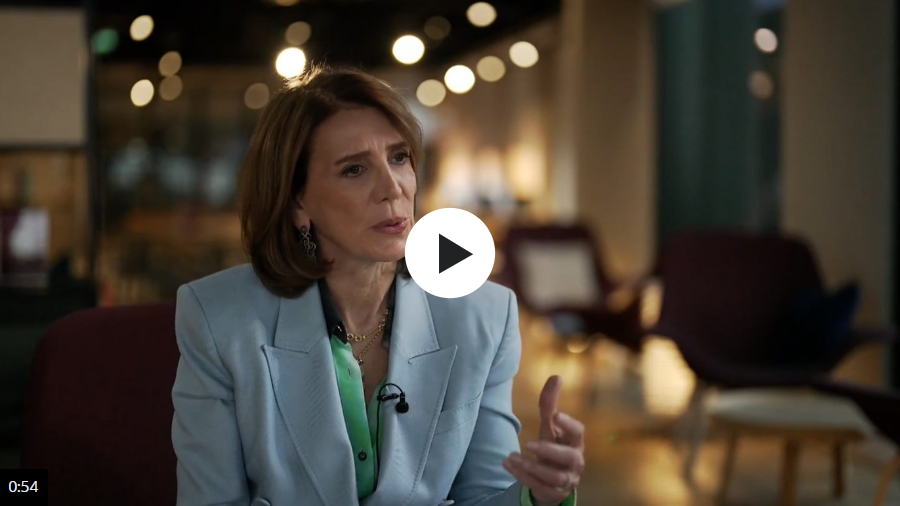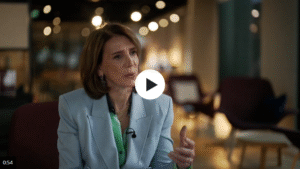People drawing their new state pension from April are likely to see a rise of more than £500 a year, latest wages data suggests.
Under the “triple lock” policy, the state pension goes up each year by either 2.5%, inflation, or average earnings growth – whichever is the highest figure.
The Office for National Statistics (ONS) revealed total pay including bonuses for the three months to July was 4.7%, which is likely to be the figure used for the annual increase.
Almost 13 million people receive the state pension in the UK and current projections suggest pensioners will pay income tax on it from 2027 for the first time.
The latest wage figures from the ONS likely means:
- The new flat-rate state pension – for those who reached state pension age after April 2016 – is expected to increase to £241.05 a week. That will take it to £12,534.60 a year, a rise of £561.60 compared with now.
- The old basic state pension – for those who reached state pension age before April 2016 – is expected to go up to £184.75 a week. That will take it to £9,607 a year, a rise of £431.60 compared with now.
With inflation forecast to be 4% in September, it is likely Tuesday’s average earnings growth figure will be used to set the increase in the state pensionfor the third year in a row.
Sir Steve Webb, partner at pension consultants LCP and former pensions minister, said the standard rate of the new state pension was “creeping ever closer to the frozen personal tax allowance”, which currently stands at £12,570 and is set to remain at the same level until 2028.
The standard personal allowance is the amount of income permitted each year without paying income tax.
Sir Steve said that someone with no other income aside from the new state pension is set to be a taxpayer come April 2027.
“It is already the case that nearly three quarters of all pensioners pay income tax, and the ongoing freeze in tax thresholds coupled with steady rises in the pension will drag more and more into the tax net,” he added.







